Kubo and the Two Strings, Coraline, ParaNorman and The Boxtrolls are all stop-motion animated movies that have made a big splash on the silver screen. They also all have something in common… all four of them were created by the inspiring geniuses at LAIKA Studios in Portland, Oregon. These filmmaking rebels are known for pushing the boundaries of what is possible in the stop-motion genre. Their collaborative approach to storytelling and movie making has led them to mind-blowing innovation and cutting edge techniques that are sure to dazzle viewers and gain the envy of animated filmmakers all over the world!

Recently, I had the incredible opportunity to visit LAIKA Studios and spend some time with the people who are creating these vibrant and immersive animated stories. While I was there, I got to see the process of how they created their latest film, Missing Link! They have spent the last five years bringing the incredible and entertaining story of Mr. Link to life!


Missing Link is the story of a mythical creature from the Pacific Northwest and his epic journey to find others like him. Mr. Link (voiced by Zach Galifianakis) is joined on his journey by Sir Lionel Frost (voiced by Hugh Jackman), a myths and monsters investigator, and free-spirited adventurer, Adelina Fortnight (voiced by Zoe Saldana). Their journey takes them all over the world and the result is a beautiful and colourful story full of adventure, excitement and originality.

Because of the scale of Mr. Link’s adventure, the crew at LAIKA Studios were pushed to their creative limit. In fact, this film was their biggest yet. To accommodate the huge vision for their story, they had to create 110 different sets to cover the 65 unique locations for the film. While I was there I had a chance to visit a number of these sets and I can’t stress to you enough the level of detail and precision that was present in these incredible works of art. Because the puppets are only between 6 to 12 inches tall you would think the sets would be small as well… well, that couldn’t be further from the truth. Some of the sets we visited were as big as the master bedroom in my house and every inch was built with intention and maximum attention to detail. My favourite set was the forest and cave, where Mr. Link lived. The vibrant green meadow, set against the backdrop of huge evergreen trees that faded away into a bluish skyline reminded me a little bit of some places I explored while growing up on the west coast of Canada!

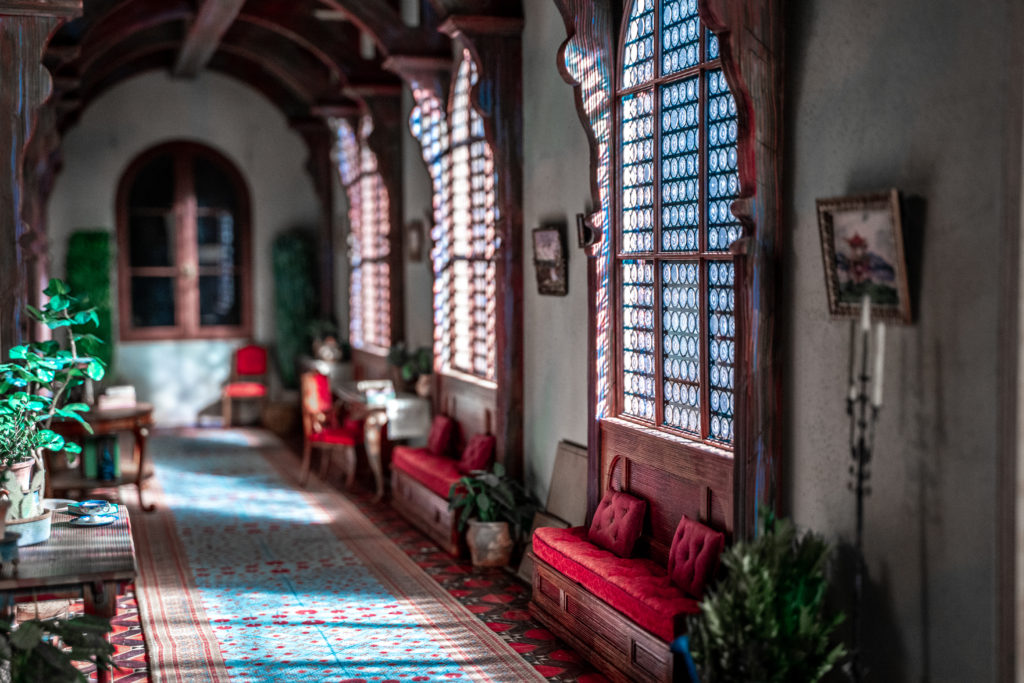
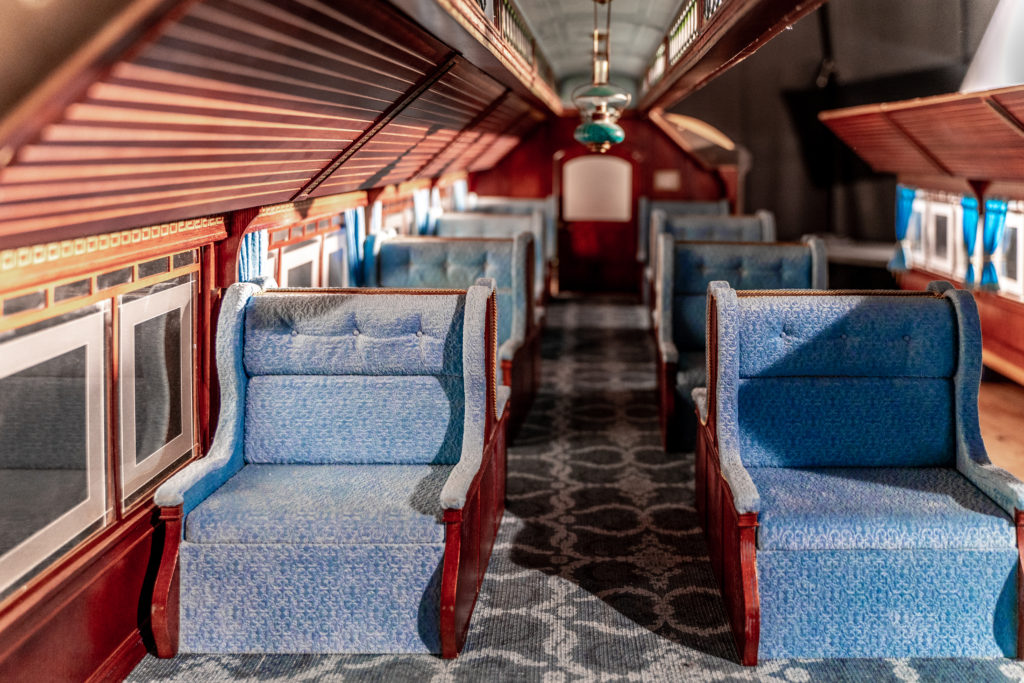
We also visited a number of the sets that featured indoor locations such as an office, passenger car of a train, a hallway, an ocean liner and a grand ballroom. These spaces were so rich with texture, colour and intricate, miniature detail that they actually played tricks on my eyes. I almost felt uneasy looking at these tiny worlds that were every bit as intricate and real as the world we all live in.
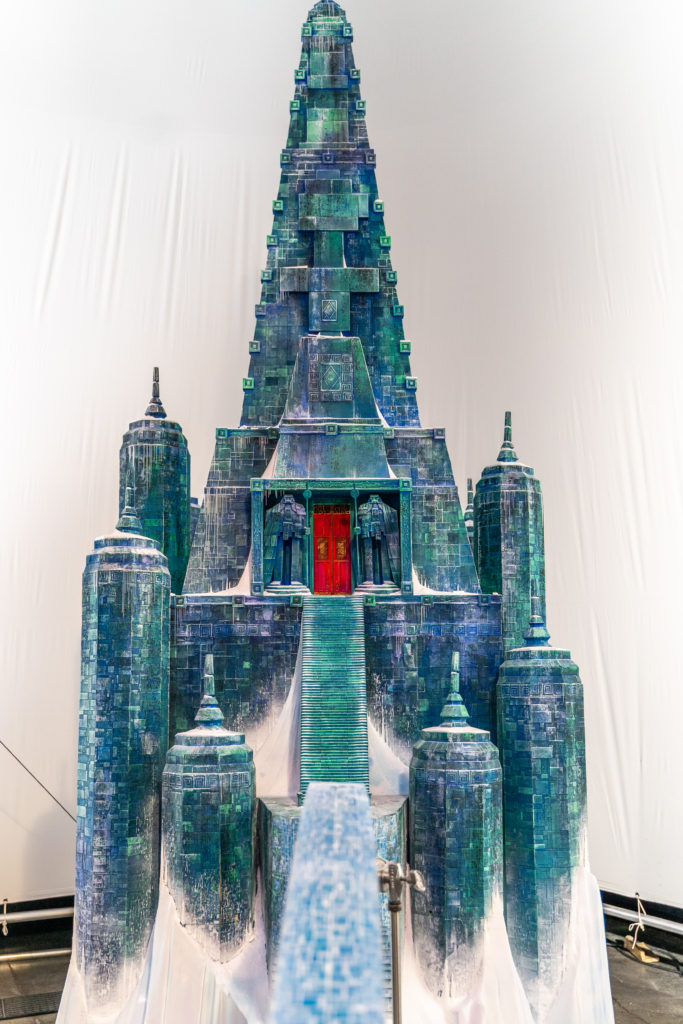
The incredible work didn’t end with the sets. The puppets for this movie were pretty amazing too. All of the characters in this film were created by merging classic sculpting techniques with cutting-edge 3D printing technology. The highlight of the day for me was when we met with John Craney, the creative lead for the puppet development team. John not only led the development of all the puppets for Missing Link, but he was also a special effects technician and sculptor for The Lord Of The Rings trilogy, which I am a huge fan of. John and his team have created some truly amazing puppets for this story and when they are combined with the mind-blowing sets it makes for an unbelievably immersive viewing experience.

Where this team really impressed is in their adapting of new technology to improve their storytelling. Stop-motion films are created by taking a photograph of a character or an object and then moving that character or object slightly and taking another picture. When enough slight movements are captured and the photos are all put together the character or object comes to life!
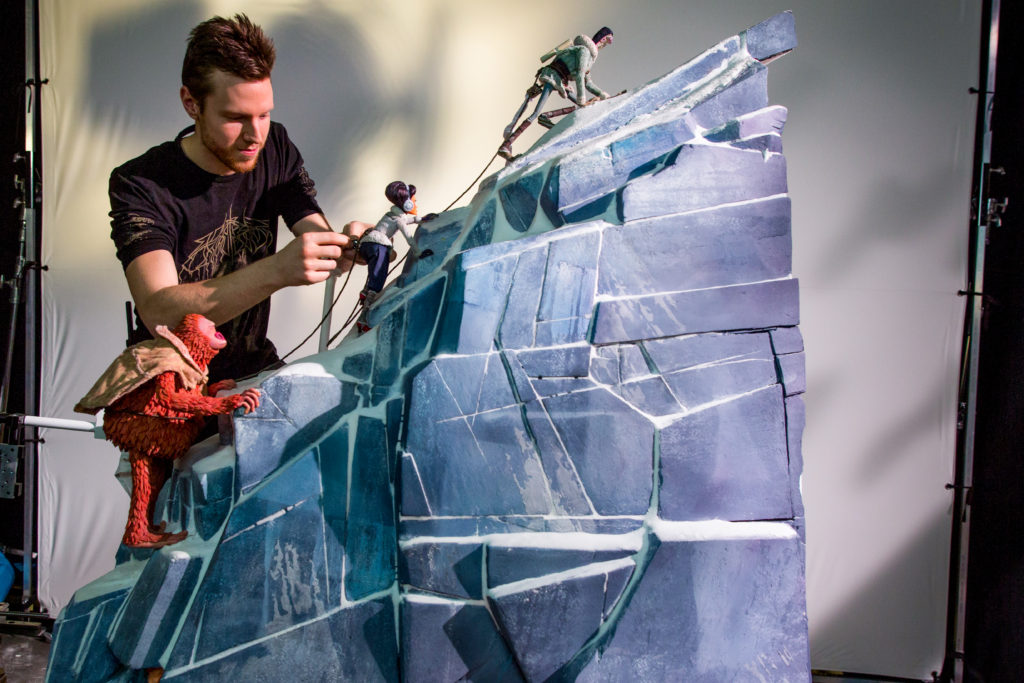
To create one second of this movie the animators need to take 24 pictures. In order to animate the character’s speech and facial expressions, they will actually swap out faces on the puppets. Each word they speak and every expression will have several facial positions. To create all of these different facial movements by hand would take an impossible amount of time. To deal with this insurmountable workload, most stop-motion animators will simply reduce the amount of transitions between facial positions. The result is the slightly jumpy animation that is often associated with stop-motion. To create smooth animation, the people at LAIKA took a different approach… they mass-produced interchangeable faces using 3D printing technology. Every word a character speaks will have several different faces that the animator will sequentially photograph. They simply pop the face off the puppet and place on a new one. During production they printed thousands of these faces.
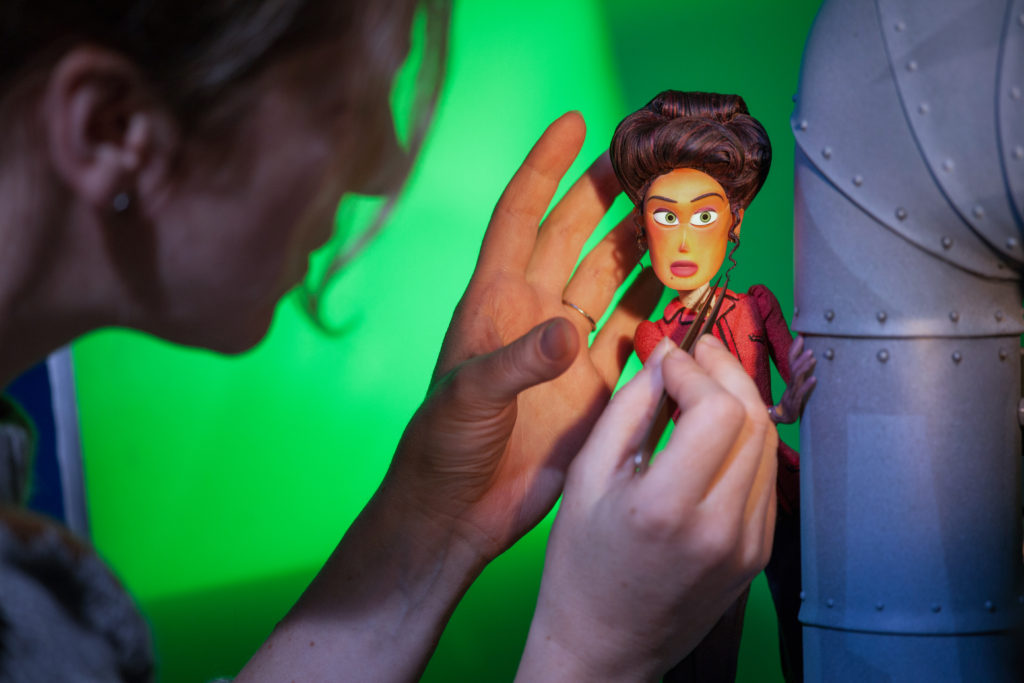
Typically, 3D printing is done in a single colour and each object needs to be painted by hand, but at LAIKA they are pioneers in this field and their 3D printers will actually apply colour during the printing process. This ingenuity hasn’t gone unnoticed. Brian McLean, the guy in charge of all the 3D printing, received an Academy plaque at the Academy Scientific and Technical Awards. He was recognized for pioneering the use of rapid prototyping and 3D printing in stop-motion film productions.
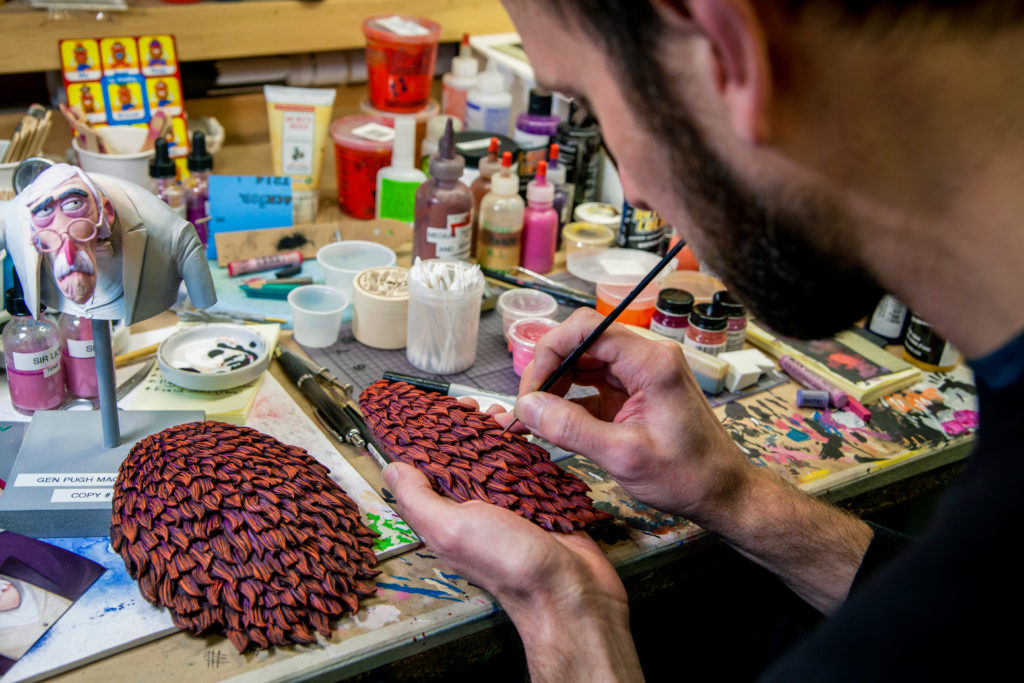
This team of artists and filmmakers really impressed me. Seeing the lengths they have gone to, to make the greatest stop-motion animated film they possibly could was truly inspiring. I can’t even express to you how excited I am to see this film! Having learned just how much work has gone into the process has made my head spin! I’m certain that the final result will be a visually stunning movie that weaves an epic tale of a Sasquatch’s journey to find where he fits in. Now, who wants to go to the movies?

Cheers,
Chris







